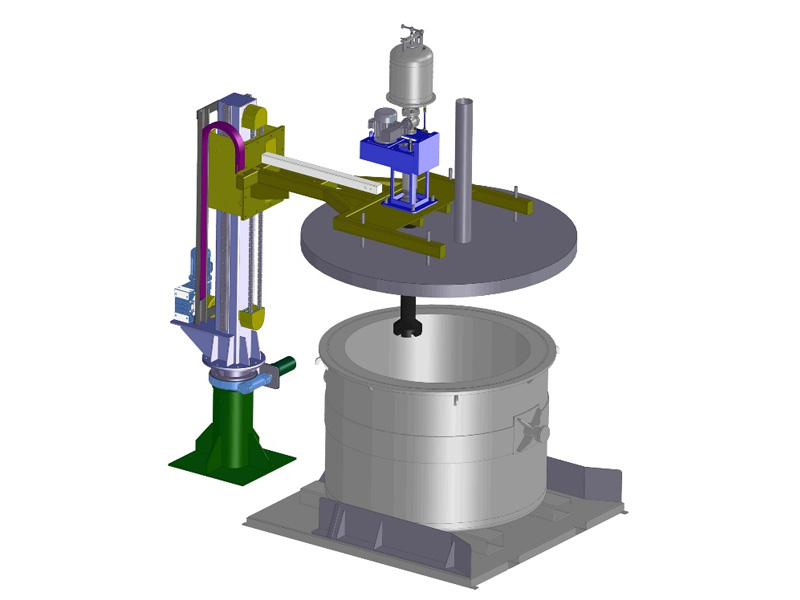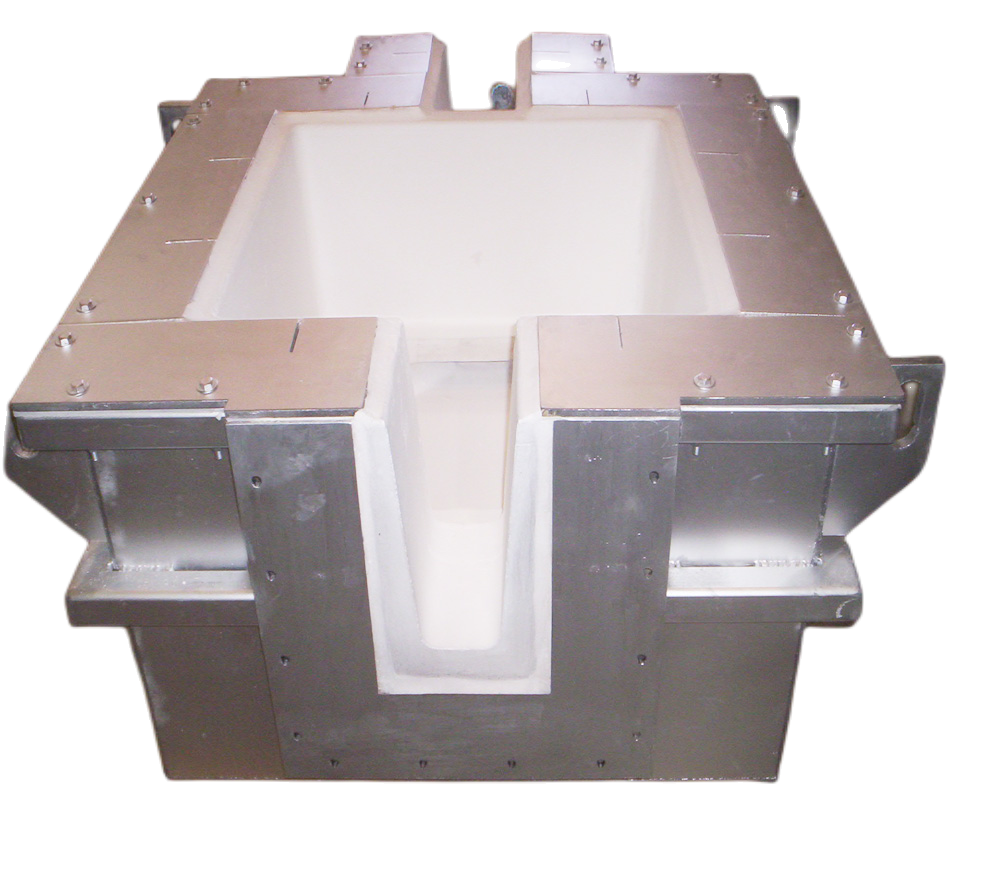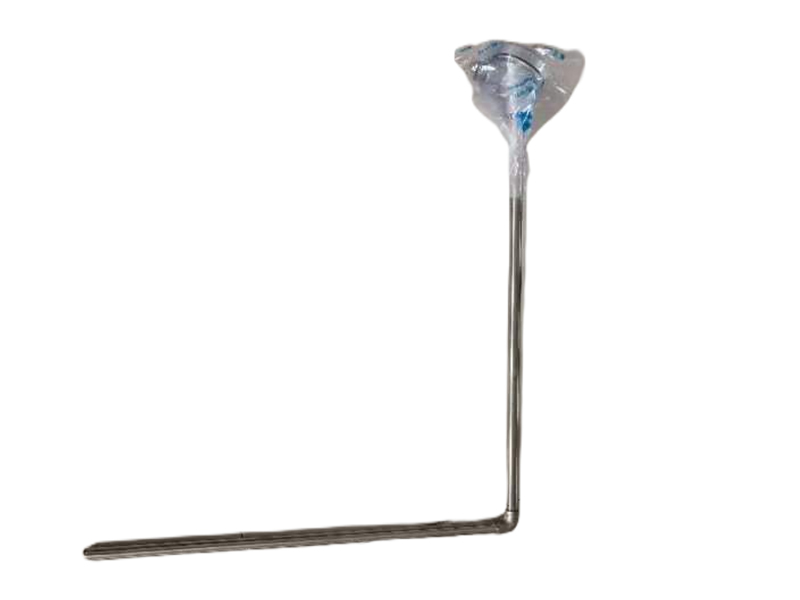—— PRODUCT DESCRIPTION ——
Instruction
The pre-treatment of alkali removal technology before electrolytic molten aluminium furnace refers to using the independent equipment outside the furnace for alkali removal before the electrolytic molten aluminium enters the furnace;
Usage
The RAL alkali removal device uses a special rotor system and uses argon as the carrier gas to add AlF3 powder flux to the molten aluminium in the ladle to remove the alkaline elements (Na, Ca and Li) in the molten aluminium in the ladle and oxides.
Equipment Features
◆ Since the active elements such as sodium are removed before entering the furnace, the service life of the furnace lining is increased by 2 times more. The metal oxidation during the furnace treatment is significantly reduced, and the clogging and deposition of slag impurities in the filter are reduced.
◆ The treatment in the ladle has higher quality and cost-effective ratio than the treatment in the furnace, and it has a significant efficiency on reducing slag impurities and increasing the metal recovery rate.
◆ This equipment is specially configured for electrolytic molten aluminium system, suitable for 2-14T ladles.

The alkali removal system generally includes the rack, AlF3 powder supply system, rotary injection mechanism, Ar intake system, ladle and other parts.
The whole system is controlled by PLC.
Workflow: After the ladle containing molten aluminum is sent to the alkali removal position, the lid is lowered to cover the ladle, the waste gas collector is opened, and the argon gas is delivered at a small flow rate, the rotating rotor rotates, and then the argon gas flow rate is increased to the working level of a large flow rate , and transport AlF3 powder. After the treatment, the AlF3 feeding system is closed first, the argon gas flow rate is reduced to a small flow rate, and the rotary nozzle speed is reduced to 80 r/min. After the rotor is lifted to the aluminum liquid level, the rotor stops and rotates, and the argon gas is automatically closed.
Technical Parameters
—— RELATED SUGGESTION ——
—— SEND US YOUR INQUIRY ——
MESSAGE BOARD
ONLINE SERVICE
SUBMIT INFORMATION



















